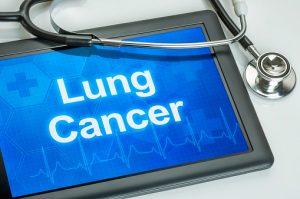
New Year resolution time is over, but as January is the National Radon Awareness Month, there is still time to take an important step to protect the health your family: testing your home for radon, the second-leading cause of lung cancer.
Many of you might not have even heard of Radon. So let’s answer the first question that comes to you mind when you read this headline.
What is Radon?
Radon is an invisible gas that you cannot even smell or taste. It forms naturally when radioactive metals like uranium, thorium, or radium break down in rocks, soil and groundwater. As radon comes naturally from the earth, there is level of exposure to the gas outside your house. However, by reducing the level of radon inside your homes and offices, where people spend more than 75% of their time, they can reduce their exposure to this toxic, even fatal gas.
Test your home for radon, the second leading cause of lung cancer
In homes and offices, people can be exposed to radon primarily from breathing atmospheric radon that creeps in through the cracks and gaps in buildings and homes.
According to authorised government statistics, the US average for radon-high homes is one in 15 houses. But in some areas that statistic goes up significantly and one out of every two homes is radon-high. 21,000 people die from radon-induced lung cancer each year.
The only way to know if a home has an elevated radon level is to test for it. Having your home and offices tested, and if you have children, ensuring their schools are radon-free, is the only effective way to determine whether you or your family is at risk of high radon exposure.
A good time to test is winter, because during the cold winter days most people keep their doors and windows closed, thus trapping the radon inside the house. Without much outside ventilation, test results will give you a realistic view of whether you and your family are at elevated risk from the danger of radon.
Harmful effects of radon on your health
Before a high exposure to radon can cause lung cancer, it manifests in different ways and a person exposed to the lethal gas could suffer from
1.) Emphysema
2.) Pulmonary fibrosis
3.) Chronic interstitial pneumonia
4.) Silicosis
5.) Respiratory lesions
Moreover, once the cancer sets in it can be of various types.
-squamous cell carcinoma
-small cell carcinoma
-adenocarcinoma
-large cell carcinoma
But unlike most cancers, there is something you can do about radon-induced-cancer. Clearly, the ball is in your court.
If your home is radon-high, fixing the problem is straightforward and costs about as much as most common home repairs.
Taking action to test and fix high levels of radon gas is a strong investment for your family’s health and for your home.